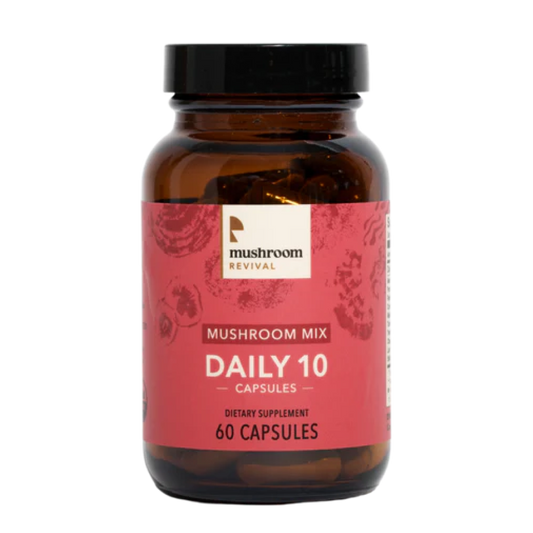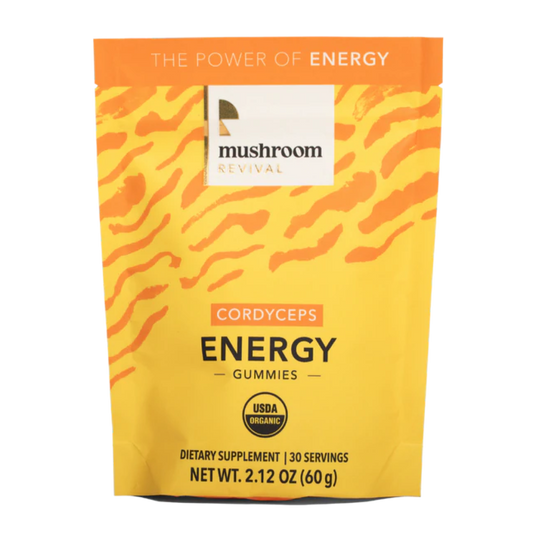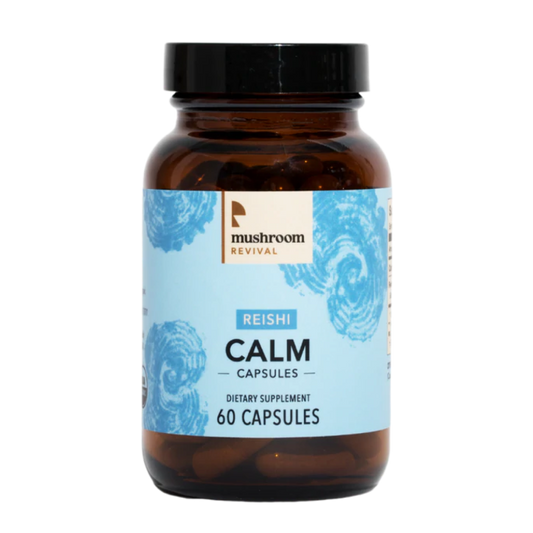Beyond Health, Learn How Mushrooms Can Be Used to Improve Our Lives

Mushrooms: Uses for Health - But So Much More!
Mushrooms are our obsession here at Mushroom Revival! We cannot stop talking about the awesome, unique qualities of our fungal friends, but there are other aspects of mushrooms that excite us, as well. We thought it was about time to share some information about these curious creatures beyond how they are used for health.
Mushrooms as Bioremediators
Similar to human immune systems, natural habitats also operate with a delicate balance of components that can be impacted if one or two are thrown off balance. Fungi can help repair internal landscapes, and likewise, they can reset the balance of an ecosystem that has incurred damage due to human activity, disease, or natural disaster. Mycelial generations breakdown forest material leading to development of topsoil, increases in moisture levels, and allowing for the increased diversity of the environment.
To learn more about this topic, download Mushroom Revival founder Alex Dorr’s free ebook: the Mycoremediation Handbook!
DOWNLOAD THE MYCOREMEDIATION HANDBOOK

According to Paul Stamets, mushrooms can have a role in restoring habitats through filtration, reforestation, mycoremediation, and as a source of natural pesticides (1). We can utilize mushrooms to filter and purify water sources, for one example of myco-filtration. Mycelium in this instance filters out microorganisms, pollutants, and debris. The effect is that downstream from mushroom-rich environments are less silt in rivers, less erosion, and more stable water soil levels.
Using mushrooms to remove toxins or lessen toxic potency in the environment is what is meant by mycoremediation. Like none other, mushroom mycelium act as molecular disassemblers through use of digestive enzymes secreted by the fungus, breaking up long chain molecular toxins into smaller, less polluting molecules (1). To achieve this level of environmental clean-up, mycelium is mixed into polluted soils, or an already established mycelial mat can be directly placed on top of a contamination site.

Fruiting bodies of mushrooms will accumulate toxins and heavy metals that are pulled from these dangerous sites, so it is always essential to know the history of the land when wild foraging for mushrooms. For example, the delicious Matsutake are a prized find for any mushroom hunter, however, Mastu’s are also some of the best accumulators of arsenic (1). If mushrooms are used for bioremediation, the fruiting bodies from these sites must then be collected and disposed of, ensuring no humans or animals will ingest them.
Did you know that for every item Mushroom Revival sells, a tree is planted? Learn more about our One Tree Program here.



























